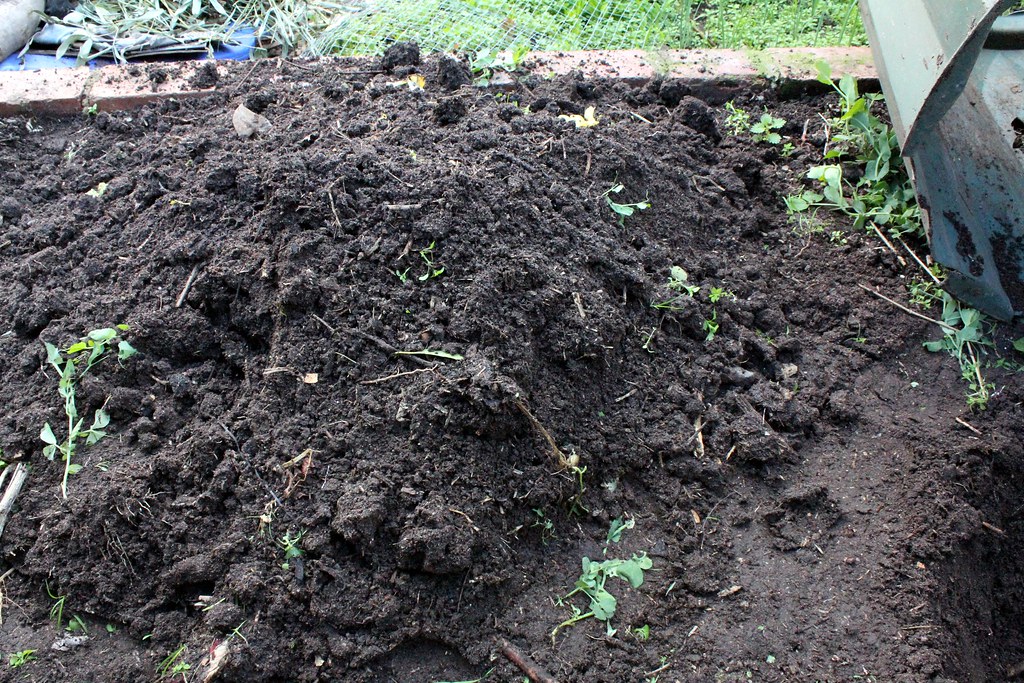- How Meteorologists Predict Storms Using Satellite Data - October 3, 2025
- What Causes Rainbows And Why They’re Always Curved - October 1, 2025
- 3 Industries Face Crushing New Tariffs as Trade War Escalates - September 28, 2025
Composting: Good Intentions, Limited Reach
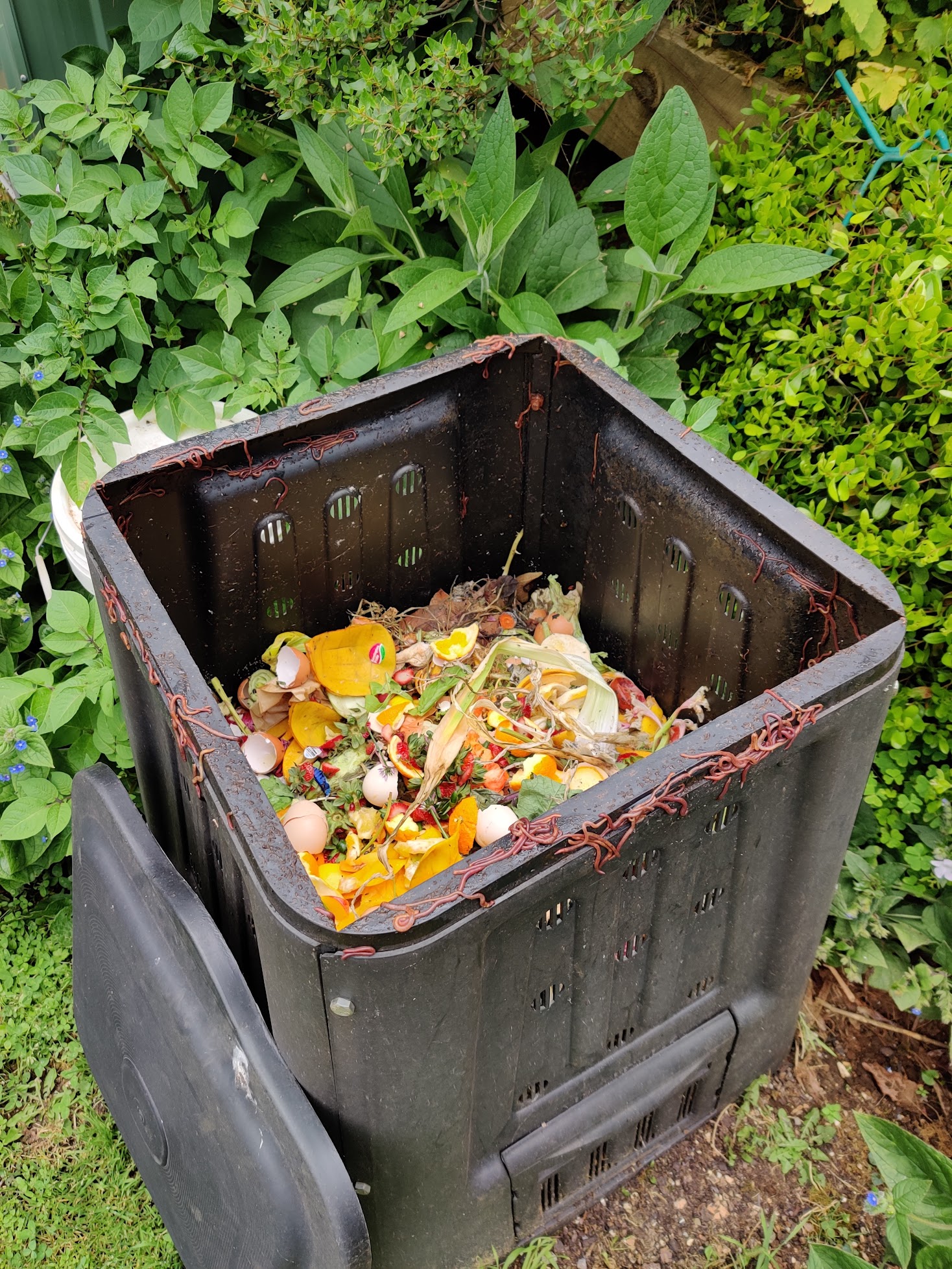
When people think of fighting climate change at home, composting is one of the first things that comes to mind. It feels empowering to turn kitchen scraps into rich soil, cutting down on landfill waste. But here’s the shocker: only about 3% of the United States has access to industrial composting facilities that can actually process compostable plastics and packaging. That means the majority of compostable cups, cutlery, and food containers end up tossed in the trash or, worse, contaminate recycling streams. So while backyard composting is popular, its impact is dwarfed by the vast sea of waste that never gets a second chance. The infrastructure just isn’t there yet, leaving well-meaning consumers in a frustrating bind. Composting alone is a drop in the bucket when you look at the scale of global waste and emissions.
Job Creation: Composting’s Unexpected Economic Perk
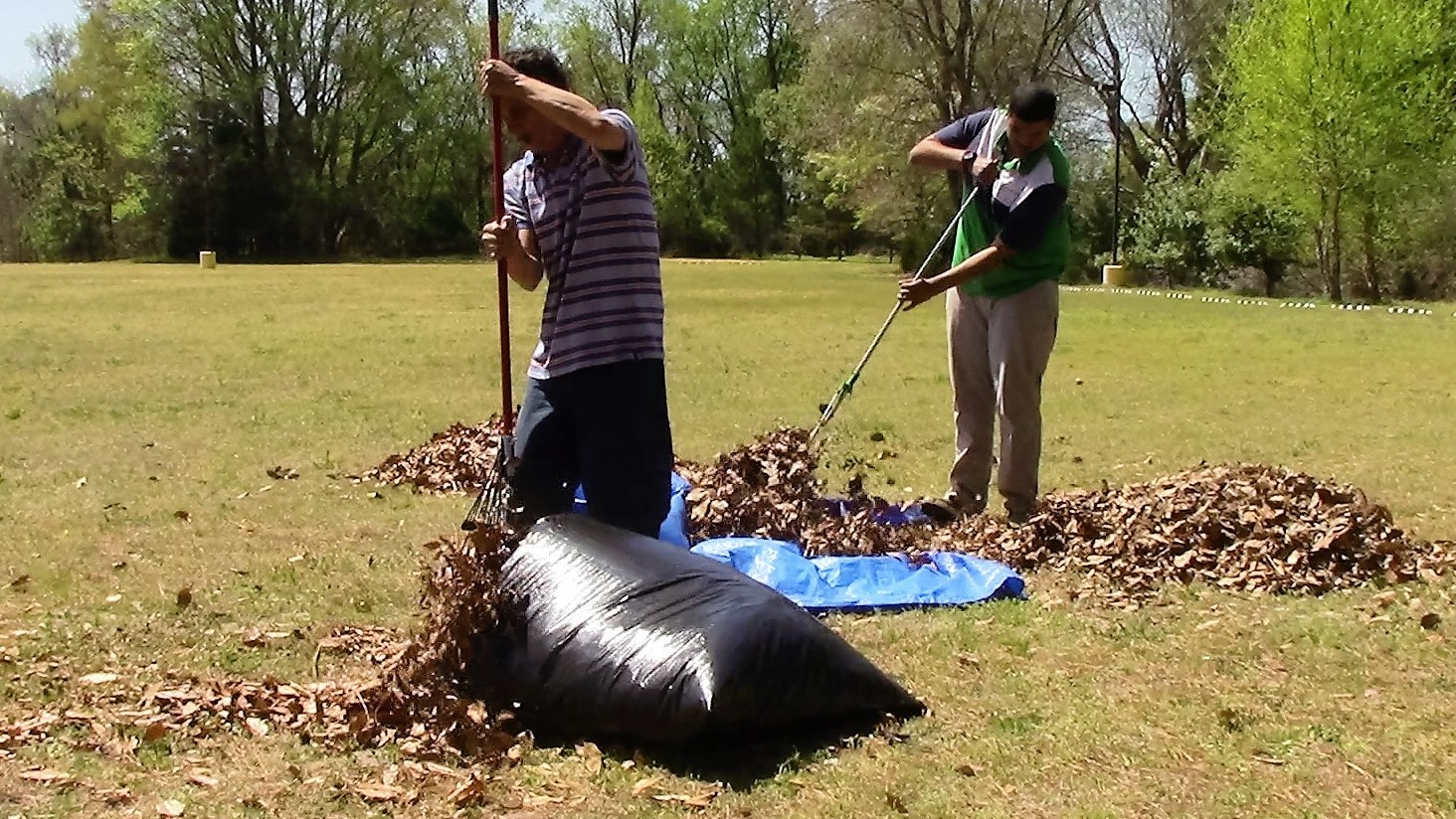
If there’s a silver lining to composting, it’s the jobs. Building and operating composting facilities creates twice as many jobs as landfills and four times as many as incinerators. That’s a surprising boost for local economies strapped for sustainable employment options. According to recent studies, composting infrastructure supports workers at every level—from hauling and sorting, to overseeing the actual breakdown of organic material. These aren’t just minimum-wage gigs; many positions require technical skills and offer career pathways. In cities where new composting centers have opened, local unemployment rates have seen a measurable dip. So even if composting isn’t a climate cure-all, it’s a clear win for livelihoods and community resilience.
The Chicken-and-Egg Problem: Which Comes First?
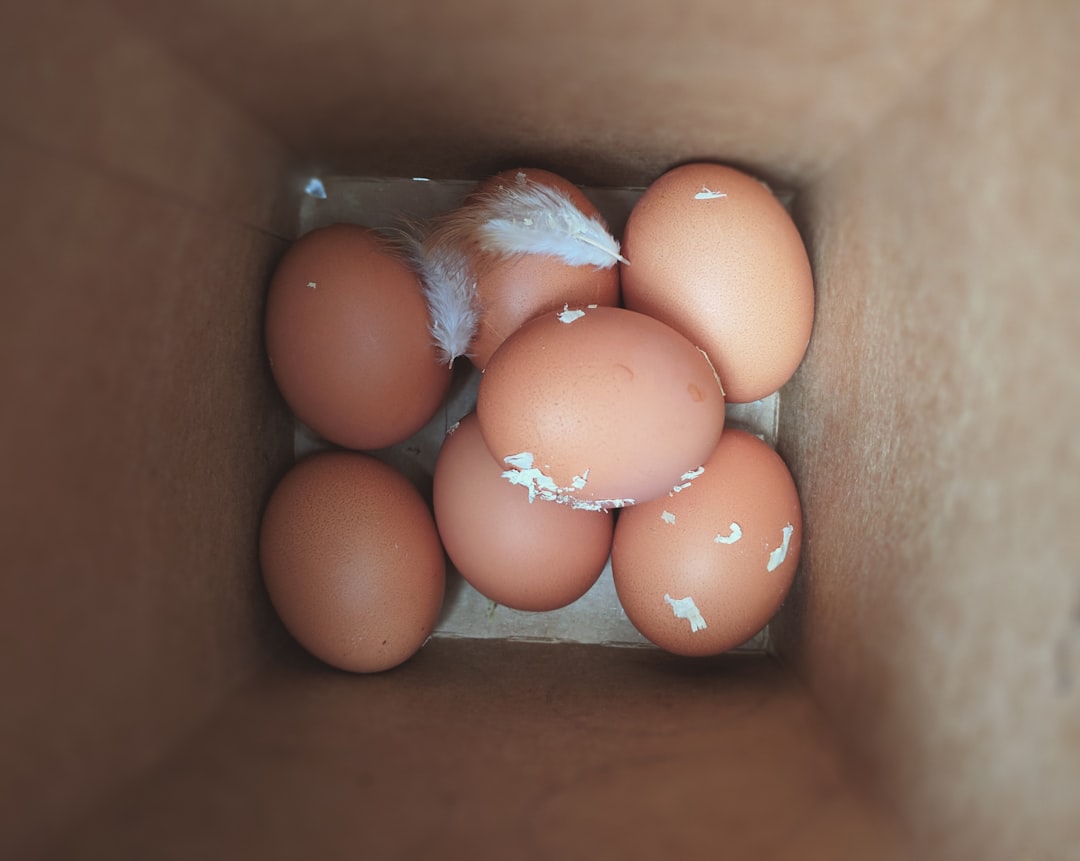
Experts across the country keep running into the same paradox: composting facilities can’t justify expansion unless there’s a steady flow of compostable products, but manufacturers won’t produce more compostable goods unless there are places to process them. This “chicken-and-egg” dilemma has paralyzed progress in many regions. City planners and business owners argue about who should move first, but the reality is that both sides need to leap together. Without coordinated investment, compostable products pile up in landfills or clog up recycling lines, missing their environmental promise. The result is a market stuck in neutral, where innovation stalls and public trust wavers. The cycle is frustrating for everyone involved—from green-minded consumers to city officials desperate for solutions.
Soil Health: The Unsung Hero of Home Composting

Backyard composting might seem old-fashioned, but it packs a real punch for soil health. Home compost piles are teeming with nutrients like nitrogen, phosphorus, potassium, calcium, magnesium, and zinc. When spread over gardens or lawns, this natural fertilizer enriches the soil, boosts water retention, and helps beneficial microbes thrive. Healthier soil means less need for chemical fertilizers and stronger resistance to erosion—a crucial benefit as more extreme weather threatens food security. Gardeners often report lusher plants and bigger harvests after switching to home compost, making it a win-win for small-scale growers. While its global impact may be limited, the local benefits of home composting are undeniable for those who stick with it.
Landfills and Methane: The Real Climate Villain
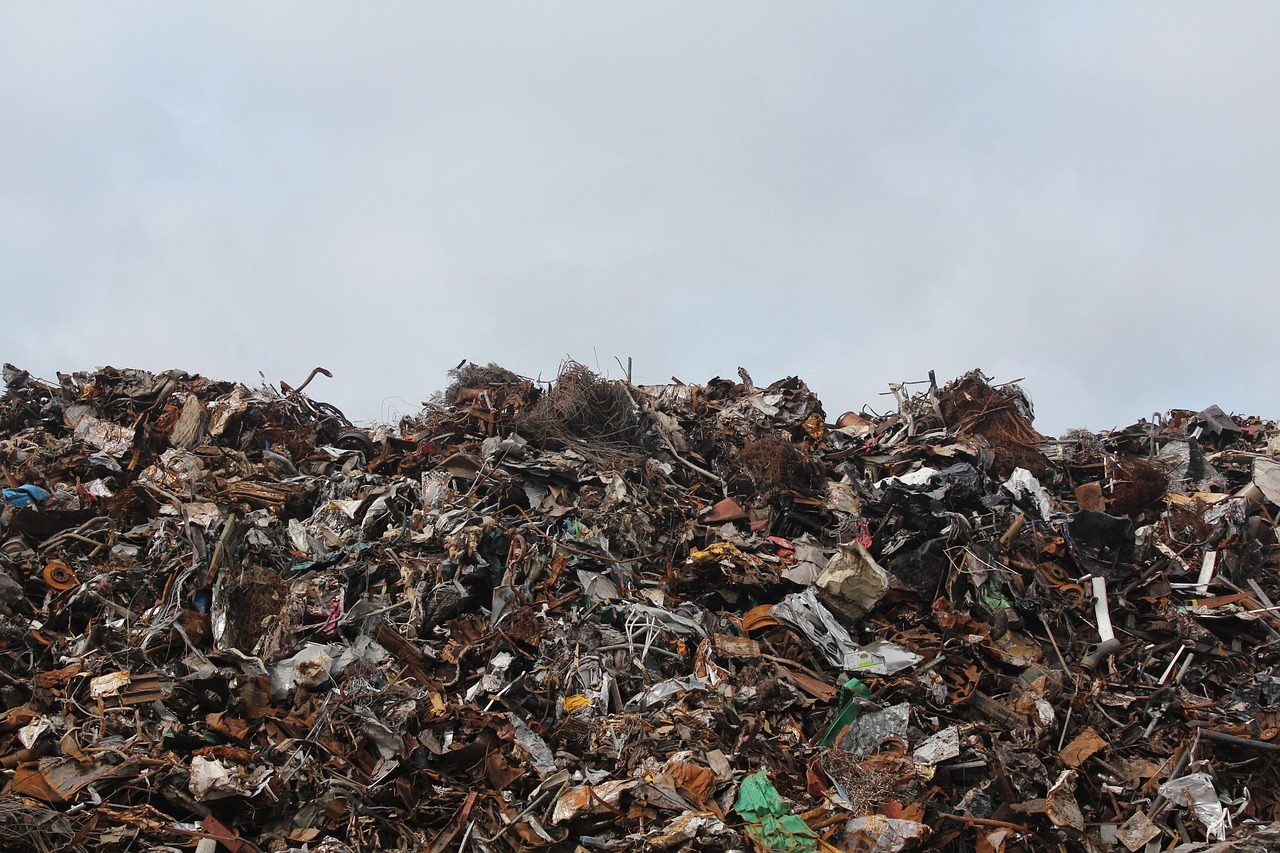
Digging deeper, the real climate cost of food waste isn’t just the landfill space—it’s the methane. When organic matter gets buried in landfills, it decomposes without oxygen and releases methane, a greenhouse gas more than 20 times as potent as CO₂ over a century. Composting, on the other hand, emits mostly carbon dioxide, which is far less damaging in the short term. That’s why environmental scientists often say that composting, while imperfect, is still the better option compared to tossing food in the trash. Reducing methane is a top priority for climate policy in 2025, with some cities even capturing landfill gas for energy. But unless more waste is kept out of landfills in the first place, methane will keep rising.
Compostable Plastics: Confusion and Contamination
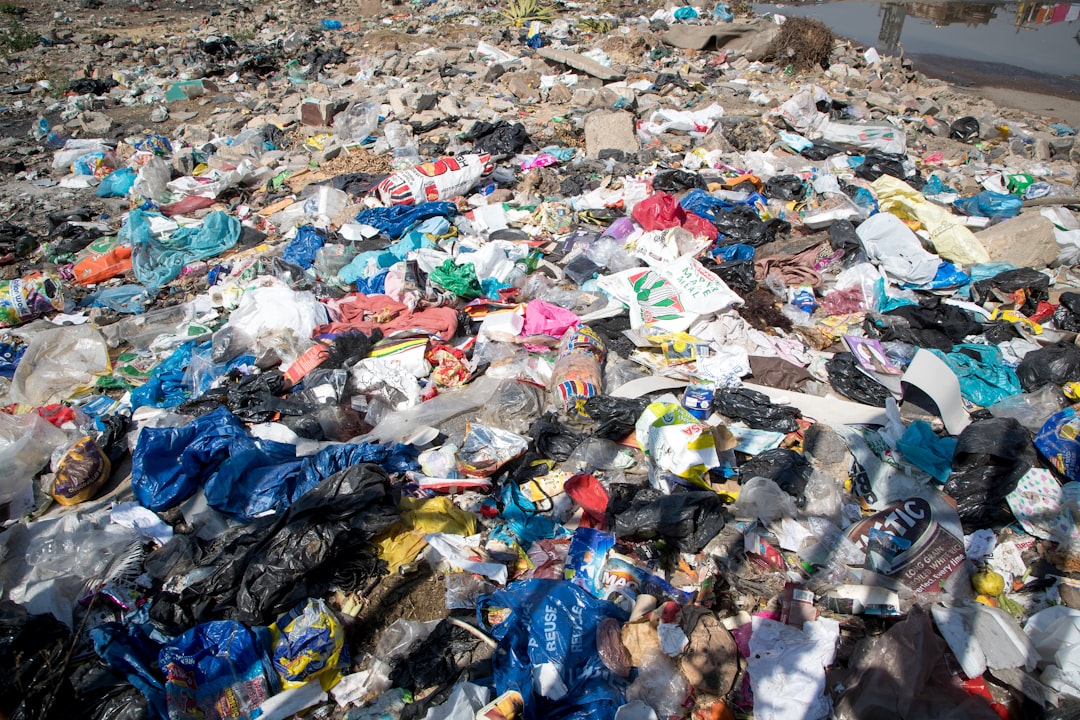
Compostable plastics sound like a miracle solution—until you realize most never get composted. Due to unclear labeling, many consumers can’t tell the difference between compostable, biodegradable, and traditional plastics. The result? Compostable forks and cups often wind up in recycling bins or landfills, where they do more harm than good. Even when correctly sorted, only a handful of facilities are equipped to process these materials, so most of them still end up as trash. City recycling coordinators say this confusion is a growing headache, leading to contamination that can ruin entire batches of recyclable materials. Until labeling improves and infrastructure catches up, compostable plastics will remain a well-intentioned mess.
Restaurants: Raising the Bar for Sustainability

Some restaurants are refusing to wait for the system to catch up. Take the Massachusetts café that’s grabbed headlines with its multi-pronged approach: composting food scraps, switching to energy-efficient appliances, and slashing single-use plastics. Their efforts have already cut their carbon footprint dramatically, serving as a proof of concept for the entire industry. Staff training, customer education, and kitchen redesigns all play a part in this transformation. Other eateries are following suit, embracing composting as just one piece of a much bigger puzzle. The lesson is clear—real change means thinking beyond the bin, weaving sustainability into every corner of the business. As more chefs and owners get on board, the ripple effects could be huge.
Community Composting: Small-Scale, Big Potential
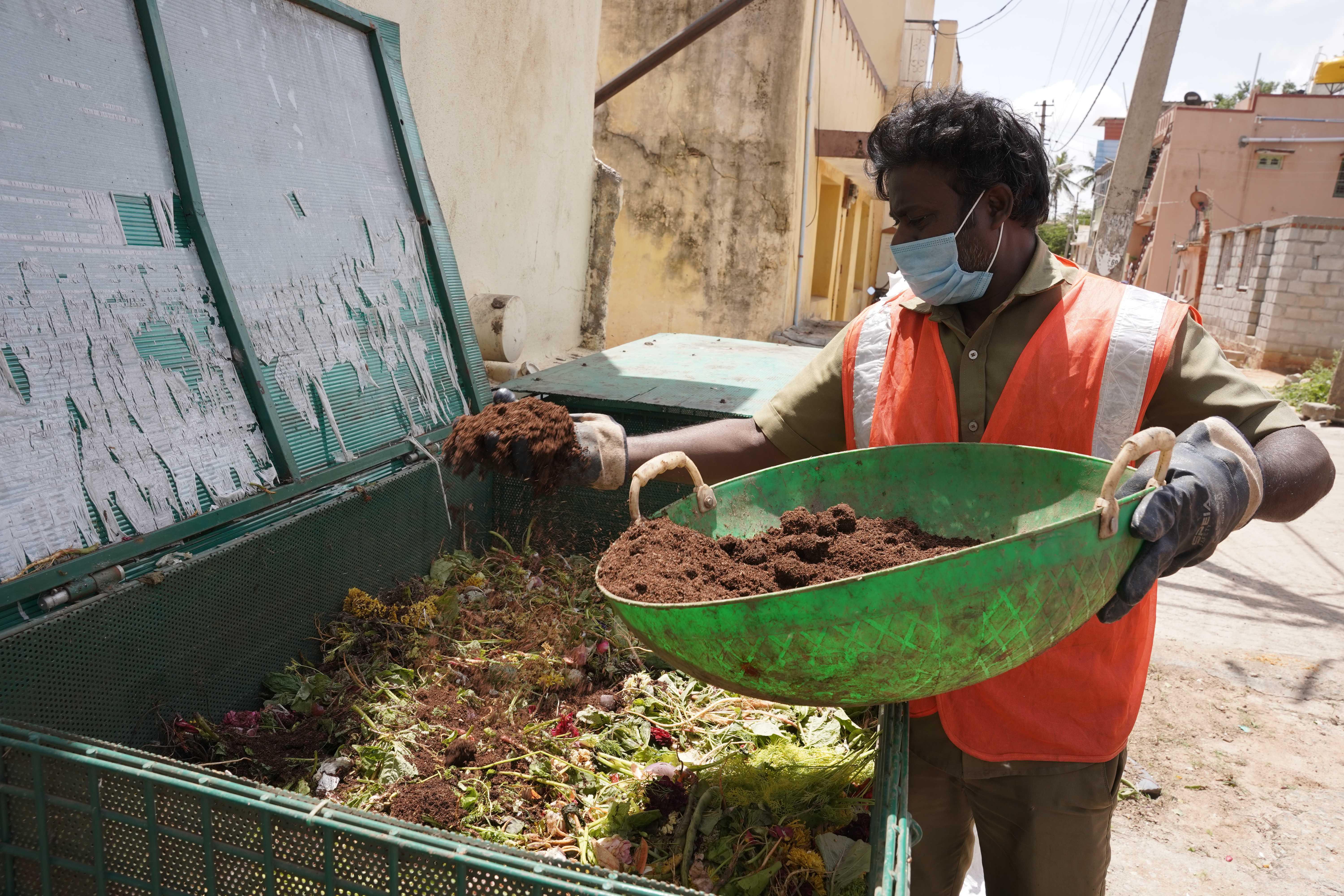
In cities like New York, community composting programs are quietly changing the game. Instead of relying on curbside pickup alone, local groups collect food scraps in parks, schools, and farmers’ markets, then turn them into compost for nearby gardens. These hyper-local systems have already cut emissions more efficiently than municipal curbside alone. Still, participation is stubbornly low; the latest numbers from late 2024 show only about 4.6% of compostables were actually diverted from the waste stream. Advocates say culture change is slow but promising, as more neighbors join in and see the results for themselves. For many, it’s not just about the environment—it’s about building community and reclaiming control over what happens to their waste.
Beyond Composting: The Real Game-Changers
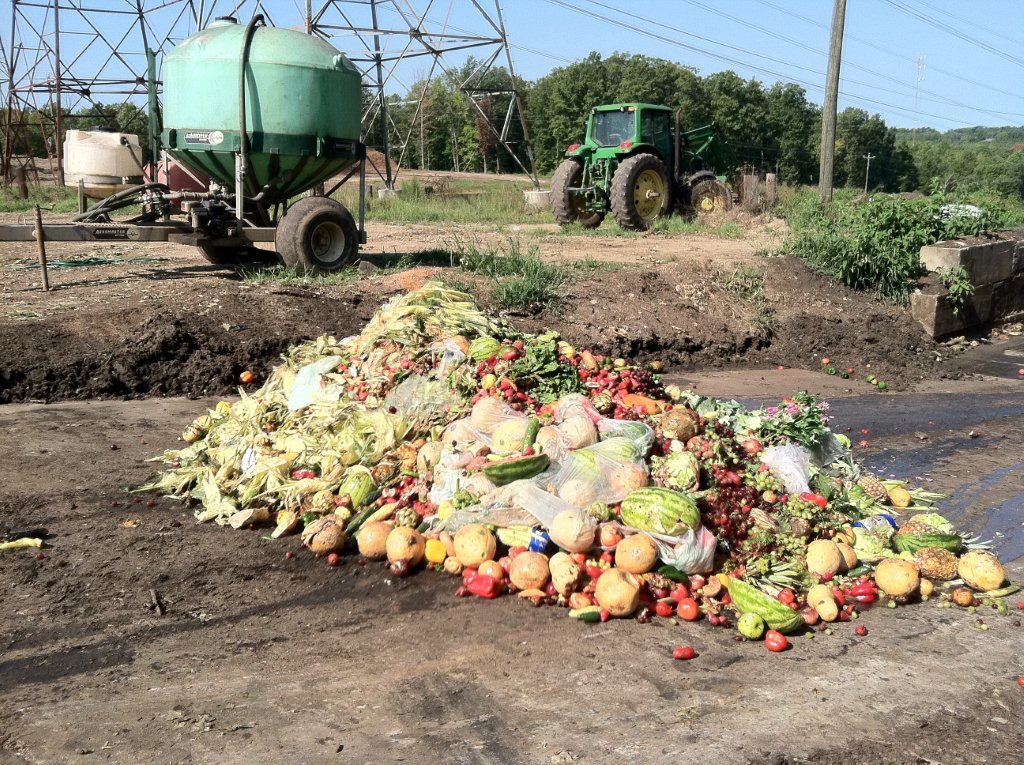
While composting has its place, experts argue that bigger gains lie elsewhere. Reducing food waste at the source—by changing how we shop, cook, and store food—has a much greater impact on emissions. Some cities are experimenting with “pay-as-you-throw” trash systems, which charge residents by the bag and incentivize less waste overall. Technology is also stepping in, with apps that help households track food expiration dates and share surplus with neighbors. Companies are rethinking packaging, moving toward reusable and refillable systems that bypass the composting conundrum altogether. These innovations, though less visible than backyard compost bins, are quietly rewriting the rules of waste.
Why Composting Alone Isn’t Enough
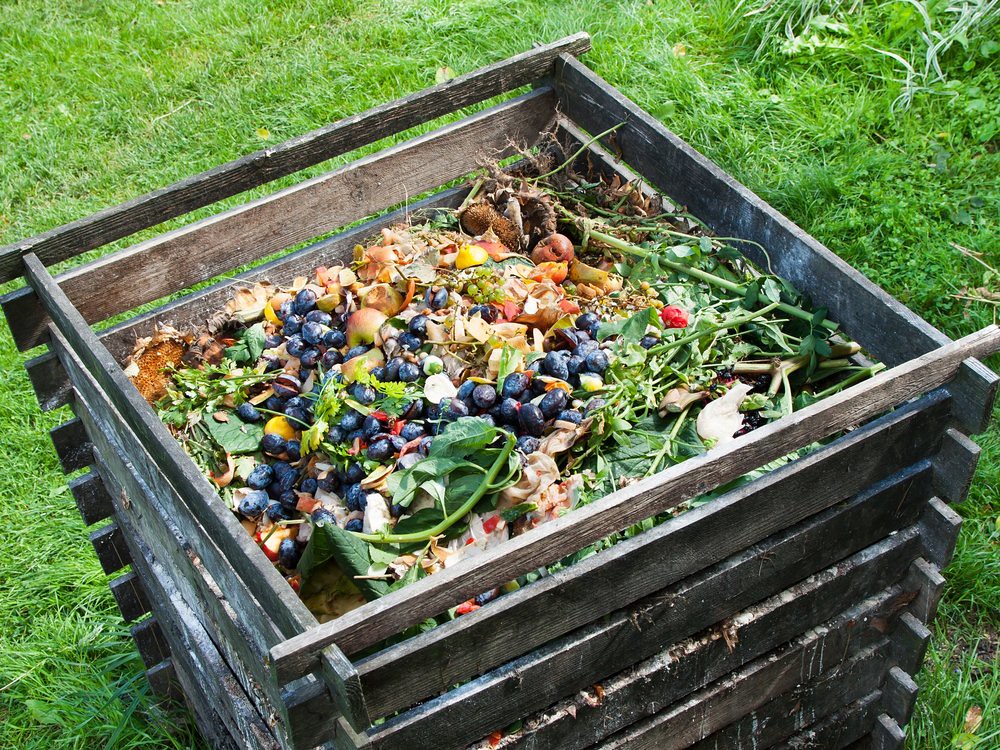
The evidence is clear: composting, while valuable, won’t single-handedly save the planet. Its impact is limited by infrastructure gaps, public confusion, and the sheer scale of global waste. Yet, it’s a crucial stepping stone—one that opens the door to deeper changes in how we produce, consume, and discard. The real promise lies in combining composting with smarter food systems, circular packaging, and new economic models that reward waste reduction. As one environmental advocate put it, “Composting is part of the solution, but the solution is bigger than any one bin.” The future belongs to those willing to think beyond the pile—and that’s where the real hope lies.

